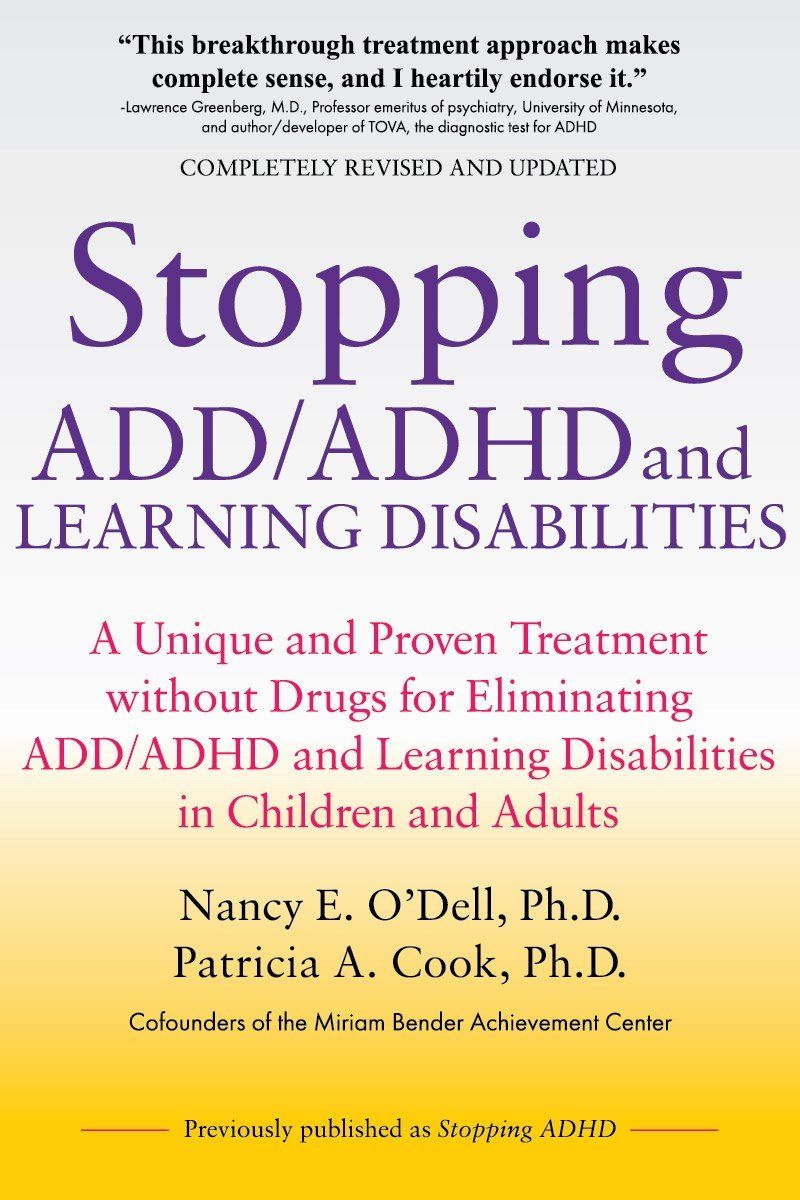The Effect
Virtual Options Now Available.
Call Today!
ADD / ADHD Behaviors - The Effect
Unique Drug-Free Solution | For Children & Adults
Drug Free Solution | For Children & Adults
Discover Our Unique Treatment for ADHD Behaviors
A major contributing cause of ADD / ADHD symptoms in at least 75% of the cases is a specific reflex. This is called the Symmetric Tonic Neck Reflex (STNR). The behaviors caused by an interfering STNR are the same as most of the behaviors that are classified as ADD / ADHD symptoms.
What Is The Effect?
The important thing to remember is that the immature STNR makes the top half of the body want to be “opposite” that of the lower part of the body. A person with an immature STNR is very uncomfortable with all parts bent or with all parts straight.
The immature STNR generally hampers the production of rhythmic, coordinated movement and specifically interferes with the postures generally required for reading and writing. An immature STNR makes it very difficult for a child to sit at a desk in the “correct” sitting position, with elbows and hips bent at the same time.
STNR children will get up and down from their chairs when they write or will just try to stand up while they are writing. STNR children who are tall enough will often assume the “slouched” position, with legs stretched out in front. Children in this position are considered by many teachers to be “lazy” or “disrespectful,” or “unable to do your work sitting like that.” What many teachers do not realize is that these positions are actually comfortable to the STNR child because the child’s arms and head are not fighting with the position of the legs.
When not allowed to stand or sit in a slouched position, STNR children may frequently become “foot sitters,” sitting in the chair with feet and legs tucked under the body in order to keep the legs bent while the arms and neck are bent in reading or writing activities. Another favorite posture is the hooking of the feet around the legs of the chair to help hold the legs in position while the arms and neck are bent.
It needs to be emphasized that STNR children do not know why they are assuming these positions, nor are they even aware of their positions. They only know that these positions are more comfortable for them.
Many children and adults with an immature STNR give evidence of ADD/ADHD because of the difficulty in sitting still for long periods of time in the “proper” sitting position. They may get up and down from their chairs constantly in order to relieve the muscular tension caused by the immature reflex, or they may just lose attention.
STNR children usually have poor penmanship: laboriously produced, with poor letter formation, and with the pencil held in a rigid and awkward manner. Every shift in the arm movement while writing also elicits a change in the muscular tension of the neck and legs. Consequently, these STNR children usually write in a constricted, restricted, and cramped style and position in order to avoid muscular changes.
Copying from the board to a paper is an especially difficult task, as the children must contend with the positional changes in the neck and arms, and the effects of these changes. Sometimes, STNR children can produce well-written papers, but this is usually at the expense of much time and effort, often with “homework wars” as a result.
Writing is a chore for these children. Their writing is usually sloppy, covered with erasures, and almost illegible. Frequently a child will “lock in,” get a death grip on the pencil and practically draw the letters, so that at least the work is neat, but at great expense of time and energy. Research suggests that STNR children expend ten times the effort of those without an immature STNR to complete the same task. While three pages of homework may not seem like much, the equivalent of 10 X 3, THIRTY pages seems overwhelming. It is no wonder that STNR children resist writing.
Schedule An Appointment Today!
Quick Links
Discount Coupon
$100 OFF
Get $100 off the entire program until December 31st, 2023. Miriam Bender Achievement Center.
Click to Use Coupon
EXPIRED
Contact Us
Miriam Bender Achievement Center
Indianapolis, IN 46219
Phone:
317-517-0456
Toll Free:
888-291-2791
Payment options available, no interest charged.
Privacy Policy
| Do Not Share My Information
| Conditions of Use
| Notice and Take Down Policy
| Website Accessibility Policy
© 2024
The content on this website is owned by us and our licensors. Do not copy any content (including images) without our consent.


